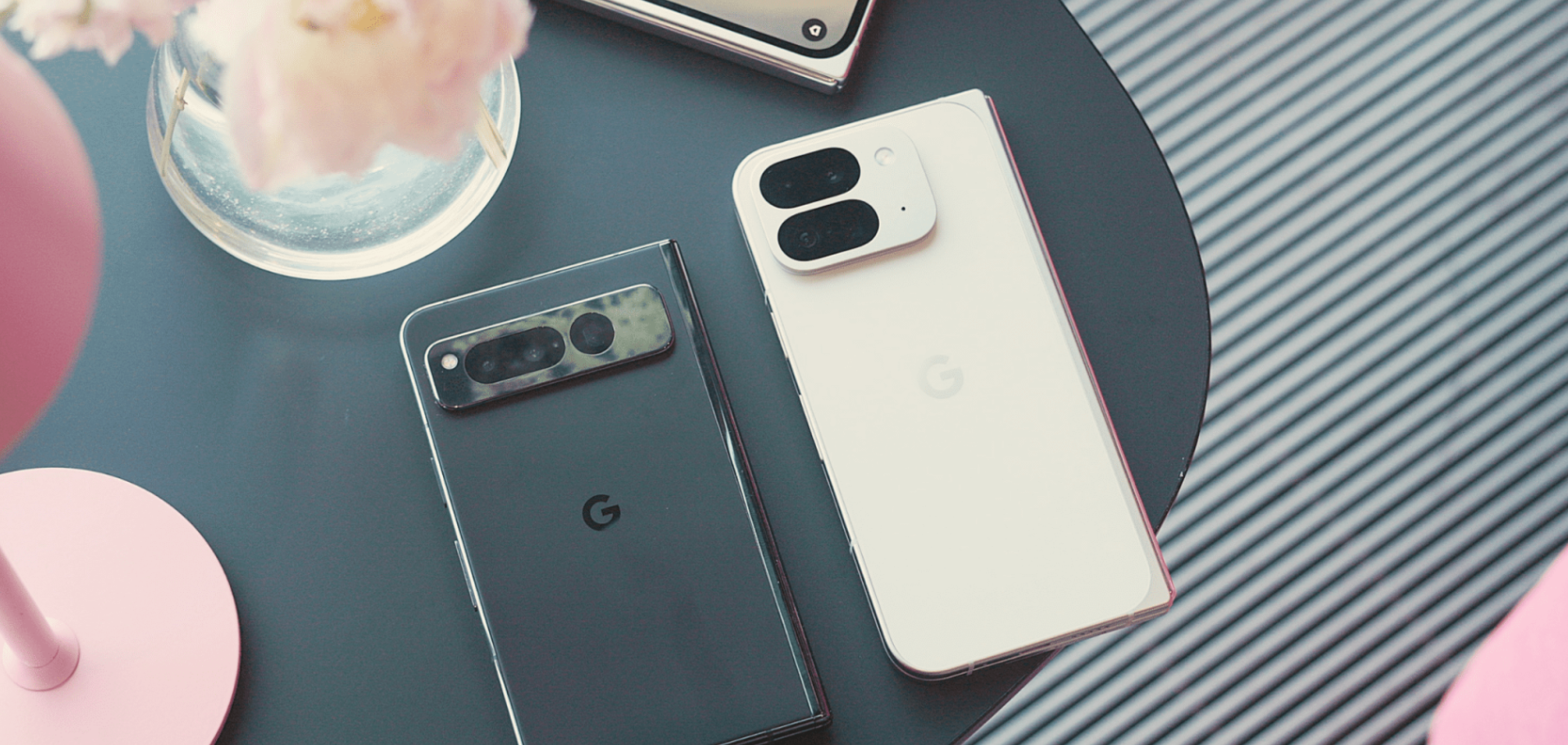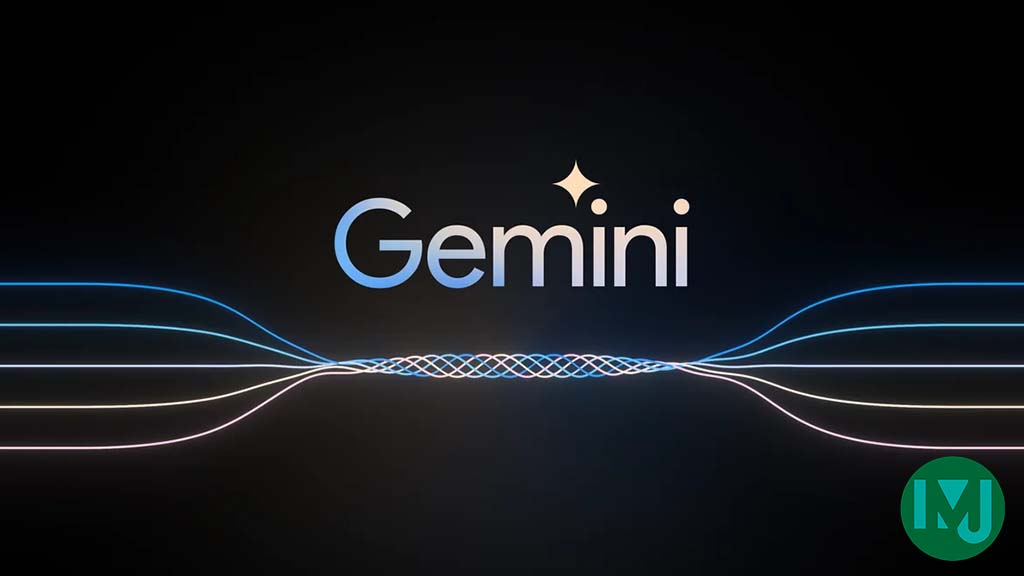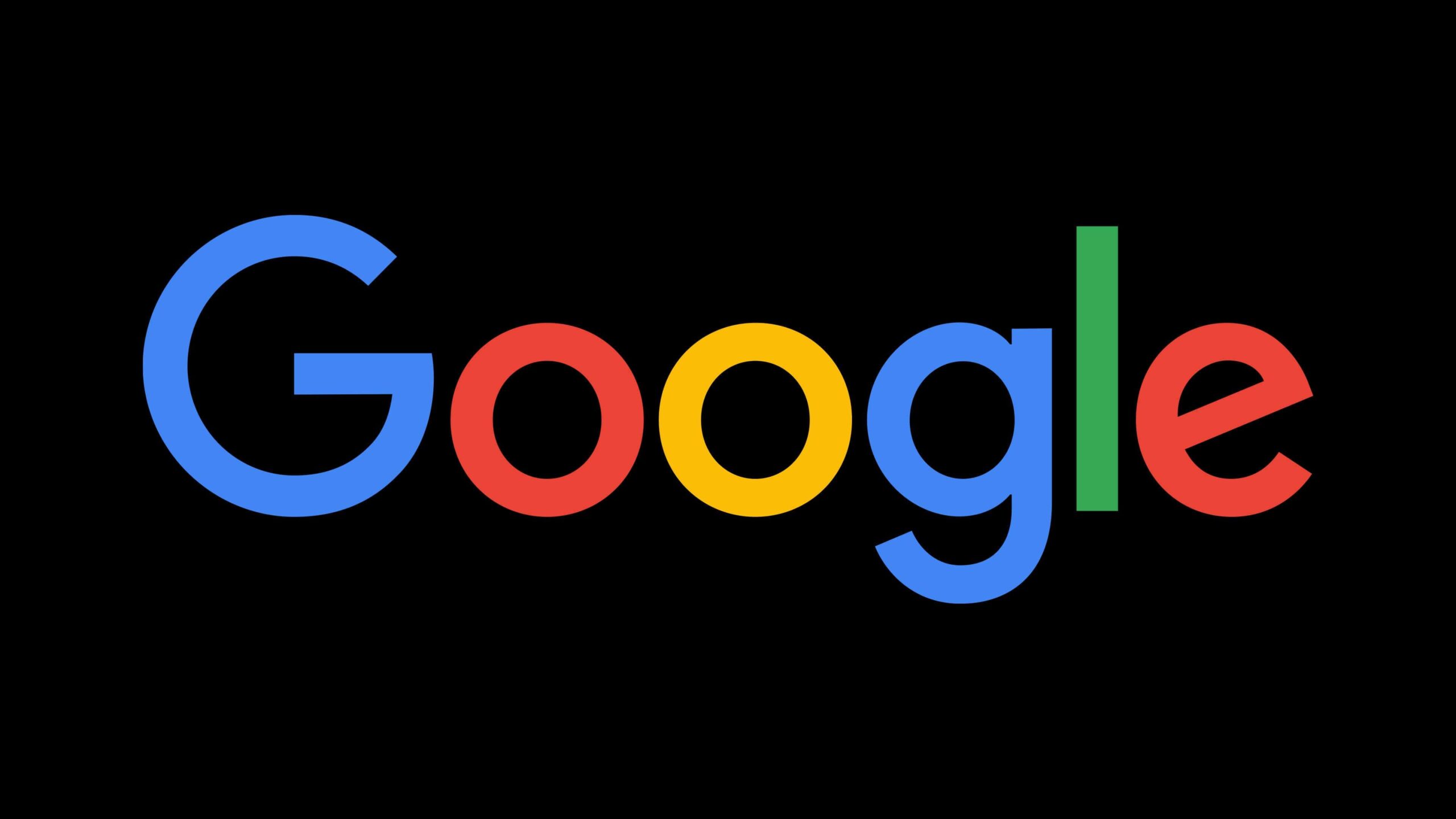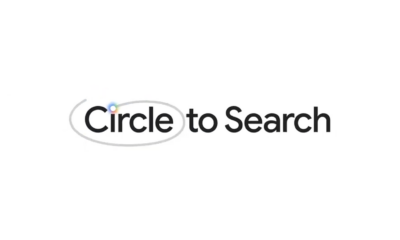Pixel 9 Pro Fold Repair Costs: A detailed breakdown

Google’s latest foldable, the Pixel 9 Pro Fold, comes with a hefty price tag for repairs, especially its inner screen. The replacement of this ultra-thin LTPO OLED display, which includes the frame and hinge, costs between $899.99 and $1,199.99. This is due to its advanced design, featuring a resolution of 2076 x 2152 pixels. The outer screen is more affordable at $189.99.
For other repairs, iFixit offers parts like the rear camera assembly ($249.99), the front cameras ($79.99-$89.99), and a USB-C charging port for $59.99. Battery replacements are priced at $66.99 each for both the base and flip batteries.
The repair process for the inner display is complex, requiring 199 detailed steps and around 3-4 hours to complete. This reflects the intricate design and build of Google’s latest foldable, catering to users who may encounter issues with this sophisticated device.
Revolutionizing AI Interaction: Gemini’s conversational leap with file and video integration

The world of AI is constantly evolving, pushing the boundaries of what’s possible. Google’s Gemini project stands at the forefront of this evolution, consistently exploring innovative ways to enhance user experience. Recent developments suggest a significant shift towards more interactive and intuitive AI engagement, particularly with the integration of file and video analysis directly into Gemini Live. This article delves into these exciting advancements, offering a glimpse into the future of AI assistance.
For some time, AI has been proving its worth in processing complex data. Uploading files for analysis, summarization, and data extraction has become a common practice. Gemini Advanced already offers this functionality, but the latest developments point towards a more seamless and conversational approach through Gemini Live. Imagine being able to not just upload a file, but to actually discuss its contents with your AI assistant in a natural, flowing dialogue. This is precisely what Google seems to be aiming for.
Recent explorations within the Google app beta version have revealed the activation of file upload capabilities within Gemini Live. This breakthrough allows for contextual responses based on the data within uploaded files, bridging the gap between static file analysis and dynamic conversation.
The process is remarkably intuitive. Users will initially upload files through Gemini Advanced, after which a prompt will appear, offering the option to “Talk Live about this.” Selecting this option seamlessly transitions the user to the Gemini Live interface, carrying the uploaded file along. From there, users can engage in a natural conversation with Gemini Live, asking questions and receiving contextually relevant answers. The entire conversation is then transcribed for easy review.
This integration is more than just a convenient feature; it represents a fundamental shift in how we interact with AI. The conversational approach of Gemini Live allows for a more nuanced understanding of the data. Instead of simply receiving a summary, users can ask follow-up questions, explore specific aspects of the file, and engage in a true dialogue with the AI. This dynamic interaction fosters a deeper understanding and unlocks new possibilities for data analysis and interpretation.
But the innovations don’t stop there. Further exploration of the Google app beta has unearthed two additional features: “Talk Live about video” and “Talk Live about PDF.” These features extend the conversational capabilities of Gemini Live to multimedia content. “Talk Live about video” enables users to engage in discussions with Gemini, using a YouTube video as the context for the conversation. Similarly, “Talk Live about PDF” allows for interactive discussions based on PDF documents open on the user’s device.
What’s particularly remarkable about these features is their accessibility. Users won’t need to be within the Gemini app to initiate these analyses. Whether in a PDF reader or the YouTube app, invoking Gemini through a designated button or trigger word will present relevant prompts, allowing users to seamlessly transition to a conversation with Gemini Live. This integration promises to make AI assistance readily available at any moment, transforming the way we interact with digital content.
This integration of file and video analysis into Gemini Live underscores Google’s broader vision for Gemini: to create a comprehensive AI assistant capable of handling any task, from simple queries to complex data analysis, all within a natural conversational framework. The ability to seamlessly transition from file uploads in Gemini Advanced to live discussions in Gemini Live represents a significant step towards this goal.
The key advantage of using the Gemini Live interface lies in its conversational nature. Unlike traditional interfaces that require constant navigation and button pressing, Gemini Live allows for a natural flow of questions and answers. This makes it ideal for exploring complex topics and engaging in deeper analysis. The ability to initiate these conversations from within other apps further enhances the accessibility and convenience of Gemini Live, placing a powerful conversational assistant at the user’s fingertips.
While these features are still under development and not yet publicly available, their emergence signals a significant advancement in the field of AI. The prospect of engaging in natural conversations with AI about files, videos, and PDFs opens up a world of possibilities for learning, research, and productivity. As these features roll out, they promise to redefine our relationship with technology, ushering in an era of truly interactive and intelligent assistance. We eagerly await their official release and the opportunity to experience the future of AI interaction firsthand.
Unlocking Victory: Google’s Circle to Search poised to revolutionize gaming assistance

In the ever-evolving landscape of mobile technology, Google has consistently pushed the boundaries of innovation, introducing features that seamlessly integrate into our daily lives. Among these ingenious creations, Circle to Search stands out as a testament to Google’s commitment to simplifying information access.
This intuitive feature, already a valuable asset for Android users, is on the verge of a significant upgrade, promising to transform the way we approach gaming challenges. The anticipated addition, aptly named “Get Game Help,” has the potential to redefine the gaming experience, offering instant assistance at our fingertips.
Imagine being immersed in a captivating game, only to be confronted by a seemingly insurmountable obstacle. In the past, this scenario might have led to frustration, hours spent scouring the internet for solutions, or even abandoning the game altogether. However, with the forthcoming “Get Game Help” feature within Circle to Search, such frustrations could become a thing of the past.
The core concept behind “Get Game Help” is elegantly simple yet remarkably effective. By leveraging the existing functionality of Circle to Search, the feature intelligently captures a screenshot of the user’s current game screen. This visual snapshot, combined with a pre-populated search query, initiates a targeted Google Search designed to provide relevant assistance. The search query itself is intelligently crafted, using text like “Get help with this game,” ensuring that the results are tailored to the specific context of the user’s predicament.
This seamless integration of visual capture and targeted search represents a significant leap forward in gaming assistance. Instead of manually typing lengthy descriptions of their problem, players can simply activate Circle to Search and tap the “Get Game Help” prompt. This streamlined process not only saves valuable time but also minimizes the risk of miscommunication or ambiguity in the search query.
The implications of this feature are far-reaching. For casual gamers, “Get Game Help” offers a convenient way to overcome minor hurdles without breaking the flow of gameplay. For more dedicated players, it provides a valuable resource for tackling complex puzzles or challenging boss battles. The potential benefits extend beyond individual players as well. Online gaming communities could leverage this feature to create collaborative guides and walkthroughs, fostering a more supportive and engaging gaming environment.
However, as with any innovative technology, there are certain considerations to address. One potential challenge lies in the accuracy and relevance of the search results. While Google Search is renowned for its comprehensive index of information, the effectiveness of “Get Game Help” will depend on its ability to accurately interpret the context of the game screenshot. If the search results fail to pinpoint the specific problem the user is facing, they may still need to refine their search manually.
Another aspect to consider is the feature’s current behavior across different apps. Early testing suggests that the “Get Game Help” prompt appears regardless of whether the user is actively engaged in a game. This behavior may be refined before the feature’s official release, ensuring that it is only triggered within the context of gaming applications.
Despite these minor caveats, the potential of “Get Game Help” is undeniable. It represents a significant step towards creating a more seamless and intuitive gaming experience. By combining the power of visual capture with the vast knowledge base of Google Search, this feature has the potential to empower players of all skill levels, transforming the way we approach challenges and ultimately enhancing our enjoyment of the games we love.
The future of gaming assistance is here, and it’s just a circle away. As Google continues to refine and develop this groundbreaking feature, we can anticipate a future where overcoming gaming obstacles is no longer a source of frustration, but rather an opportunity for exploration and discovery.
Google’s Expanding Ecosystem: From audio digests to streamlined syncing and Messaging

Google continues refining its services suite, introducing innovative features and enhancing existing ones. Recent developments span various platforms, from a novel Discover audio digest to improvements to Drive, YouTube Music, and Messages. These updates reflect Google’s commitment to user experience and its ongoing integration of AI.
Discover’s “Daily Listen”: A New Way to Stay Informed
Google Discover, known for curating personalized content, has introduced an experimental feature called “Daily Listen.” This short-form audio digest, currently available to US English users through Search Labs, offers a concise overview of trending topics.
Daily Listen presents three key stories in a podcast-like format, complete with a human-sounding voiceover and a live transcript. The user interface within the Google app is intuitive, offering playback controls, including speed adjustments and segment skipping. A mini-player remains visible as users scroll through related stories, encouraging further exploration.
This innovative approach to information consumption could significantly impact how users interact with Discover. The audio format may encourage engagement with content that might otherwise be overlooked, potentially driving traffic to articles for more in-depth reading. The integration of AI, evident in the interface’s design and the voice quality, adds a modern touch. The placement of Daily Listen at the top of the Discover feed underscores its importance as a new avenue for content delivery.
While the current format is concise, the potential for expansion is evident. The ability to ask questions or engage in interactive discussions could further enhance the experience, potentially blurring the lines between podcast and interactive forum. The success of Daily Listen could pave the way for similar audio digests across other Google platforms.
Google Drive: Faster Syncing and Enhanced PDF Handling
Google Drive has received several significant updates aimed at improving efficiency and user experience. A key improvement is the introduction of differential uploads for the desktop app on Mac and Windows. This feature allows Drive to sync only the changed portions of large files, resulting in significantly faster upload and sync times. This has been a long-requested feature and will be a welcome change for users who frequently work with large files.
In addition to faster syncing, Google Drive has also improved video playback. Users can now watch videos immediately upon uploading them to the web interface, eliminating previous wait times. This enhancement streamlines the workflow for users who frequently share or collaborate on video content.
Furthermore, Google has integrated its AI capabilities into the Drive PDF previewer. Users can now seamlessly switch between multiple files while using a side panel powered by Gemini to summarize and transform content. This feature complements the existing Gemini integration within the full PDF viewer, offering users a choice between a quick preview with AI assistance and a more comprehensive editing experience. This feature is currently available for users with Gemini Business, Enterprise, Education, Education Premium, and Google One AI Premium subscriptions.
YouTube Music: Top Songs Carousel for Easier Browsing
YouTube Music has redesigned its artist pages to feature a “Top songs” carousel. Previously, users were presented with a static list of top songs, requiring an extra tap to view more. The new carousel offers a more visually appealing and interactive way to browse popular tracks.
The carousel displays four songs at a time, with the ability to scroll through up to 20 tracks. A “Play all” button and a chevron for viewing all songs are also included. This design change aligns with other carousels within YouTube Music, creating a more consistent and user-friendly experience. This update is now widely rolling out on both Android and iOS.
Google Messages: Native Backups and Enhanced Security
Google Messages is set to receive a native backup feature, offering users more control over their message data. Currently, backups are handled system-wide by Google One. The upcoming feature will provide a dedicated option within the Messages app, complete with a storage usage indicator, similar to Gmail. This will allow users to manage their message backups independently.
Beyond backups, Google Messages is also working on enhancing security and spam management. Support for Messaging Layer Security (MLS) is in development, aiming to provide end-to-end encryption across platforms and apps, even in group chats. Additionally, a dedicated unsubscribe button for spam messages is being introduced, offering users a more streamlined way to opt out of unwanted communications.
These updates across Google’s services highlight the company’s focus on improving user experience, streamlining workflows, and integrating AI to enhance functionality. From audio digests to faster syncing and enhanced messaging features, Google continues to evolve its ecosystem to meet the changing needs of its users.
-

 Apps11 months ago
Apps11 months agoGboard Proofread feature will support selected text
-

 News11 months ago
News11 months agoSamsung USA crafting One UI 6.1.1
-

 News10 months ago
News10 months agoBreaking: Samsung Galaxy S22 may get Galaxy AI features
-

 News10 months ago
News10 months agoSamsung Galaxy S23 Ultra with One UI 6.1 and all S24 AI features revealed
-

 News11 months ago
News11 months agoOne UI 6.1 Auracast (Bluetooth LE Audio) feature coming to many Samsung phones
-

 News11 months ago
News11 months agoSatellite SOS feature coming to Google Pixel phones, evidence leaked
-

 Apps8 months ago
Apps8 months agoGoogle’s fancy new Weather app is finally available for more Android phones
-

 News11 months ago
News11 months agoGoogle Pixel evolves as Europe’s third best selling flagship






